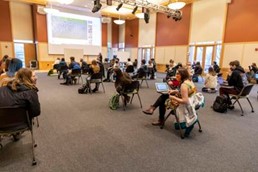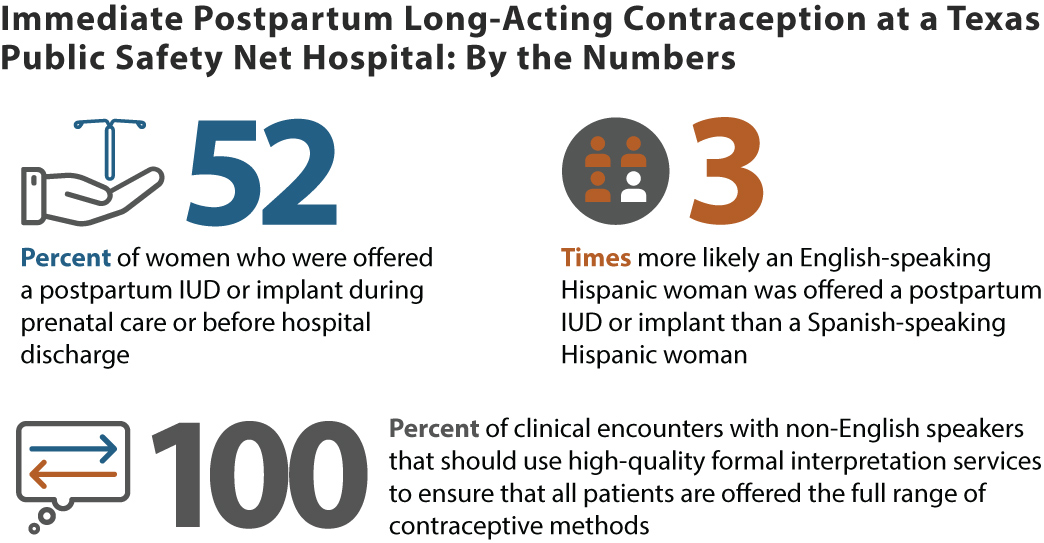Reposted with Permission from USA Today.
Imagine spending decades trying to unlock doors to secure your loved ones’ survival. You pull at frozen doorknobs, bang on doors, camp out waiting for them to open, try charming the bouncer to let you in. Finding the door often requires navigating a maze of dim corridors. You hit detours and dead ends. Sometimes you succeed and pass through. But inevitably, you encounter another locked door.
Then one day, imagine your incredible fortune. You receive a magical key that unlocks every door. The only catch – this golden period lasts one brief week. And the beloved person you are trying to save will die at the end of those seven days.
This may sound like a cruel fairy tale or an impossible video game. But this scenario reflects reality for millions of Americans like me trying to obtain lifesaving health care for ourselves and those we love. When my father was dying from metastatic lung cancer in May, the ease of accessing end-of-life care, services and medical equipment through a home hospice program felt like receiving a magical key that unlocked doors we had tried to break down for years.
Complexity fuels health inequities
Why does the most accessible health care of my father’s life come only at the end? It doesn’t have to be this hard. My father’s one week in hospice pried my eyes open to how much better our fragmented American health care system could function if we eased the “administrative burdens” that stymie patients, families and their health care providers.
In their powerful treatise, professors Pamela Herd and Donald P. Moynihan define administrative burdens as “onerous” experiences people face when trying to access government benefits and social services. People struggle with learning, compliance and psychological costs when attempting to determine their eligibility, keep their benefits and endure the stigma of using them, a shame unique to the United States with its meritocracy myth and threadbare social safety net. These burdens disproportionately harm those with less money and education and lower cognitive reserves.
U.S. health care is riddled with these burdens. Policy experts point to ballooning administrative costs as one reason our system falters when compared with other countries that deliver better, cheaper, more expansive care.
In upcoming negotiations on a Democratic spending bill, as we press for increased funding for proposed home care expansions and Medicare coverage for vision, hearing and dental services, we must also ease the administrative burdens that inflict so much misery on American families and fuel racial, ethnic and income inequality in health outcomes.
According to the Centers for Disease Control and Prevention, U.S. life expectancy plunged 1.5 years last year, the largest decrease since World War II. Racial and ethnic minorities experienced steeper declines, with African Americans and Latinos losing about three years of life expectancy. The pandemic widened this gulf, but such disparities stem from accumulated lifetime disadvantage, including disproportionate burdens accessing health services. Economic deprivation, racial discrimination and persistent health inequities result in reduced life expectancy, more years of disability and poorer health for minorities.
Hospice demonstrates we can reduce health care administrative burdens while improving care for patients and family caregivers and saving money by keeping patients out of hospitals. Medicare covered my father’s hospice care with zero co-pays. I’ve never applied “easy” to anything health care-related, but freed from bureaucratic hurdles for my father’s care, the Staples tagline (“Wow, that was easy”) played on repeat in my head.
Hospice provides unexpected relief
As if all the declines of old age compressed into a month, Dad went from walking to a wheelchair in a week. We raced to keep up with his changing needs and faced egregious barriers in this sprint before his hospice admission. As my father struggled into taxis for numerous appointments, we sought paratransit services from Access-A-Ride. He would have had to travel to an in-person assessment to prove he couldn’t walk and wait weeks for a decision. I wisely held off on filling out a ream of eligibility paperwork. He died six weeks before the evaluation I knew he would never make.
Accessing virtual medical care required downloading an NYU Langone Health app on a smartphone that neither I nor my father owned. Unable to attend the appointment on my laptop, a receptionist informed me that my father, with tumors eating at his lungs, brain, liver and bones, had to come in. He canceled.
Death shouldn’t offer the only escape from these burdens. Hospice provided us with prompt consultation from a 24-hour number; house calls from nurses, a doctor and a social worker; medications delivered. After weeks trying to secure my father’s wheelchair, a hospice-ordered walker, hospital chair and bed, cane, adjustable bedside table, oxygen tank and assorted medical supplies arrived within a day.
Days before, we had poured hours into comparison shopping for a commode, urinal, toilet seat lift and underpads we bought ourselves. Had my father lived longer, we’d have used the weekly 15-hour allotment for home care services, ordinarily not covered by Medicare without meeting convoluted eligibility requirements. Dad’s hospice admission entitled me and my sisters to a year of bereavement counseling, which I’ve begun. Easy.
Administrative burdens harm patients and families forced to navigate a system unnecessarily complex by design. Detours and dead ends rob us of precious time and energy drained hunting down care. How many give up from exhaustion and forced exits?
Accumulated burdens undermine trust in key institutions and drive growing health inequality. They undergird negative interactions with our health care system that feed the avoidable crises we face now, such as vaccine hesitancy hardening into resistance for some. Easing our burdens doesn’t require magic but political will. Inertia is a policy choice we could never afford, but never more so than now.
Stacy Torres, is an assistant professor of sociology in the Department of Social and Behavioral Sciences at University of California, San Francisco.











